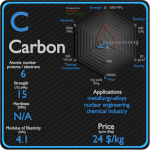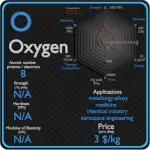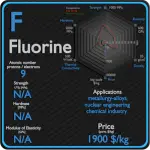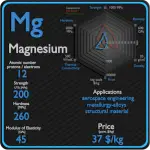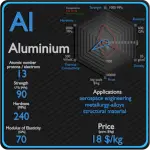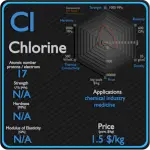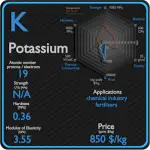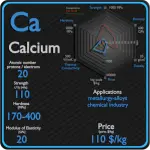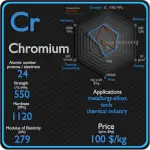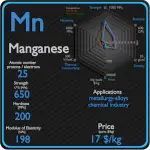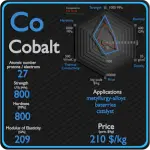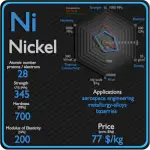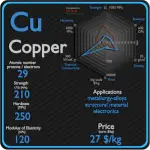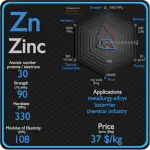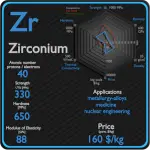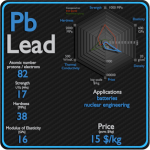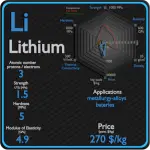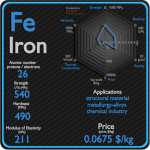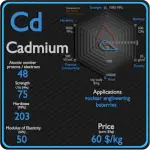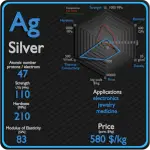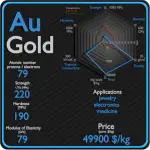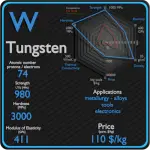This article contains comparison of key thermal and atomic properties of iron and cobalt, two comparable chemical elements from the periodic table. It also contains basic descriptions and applications of both elements. Iron vs Cobalt.
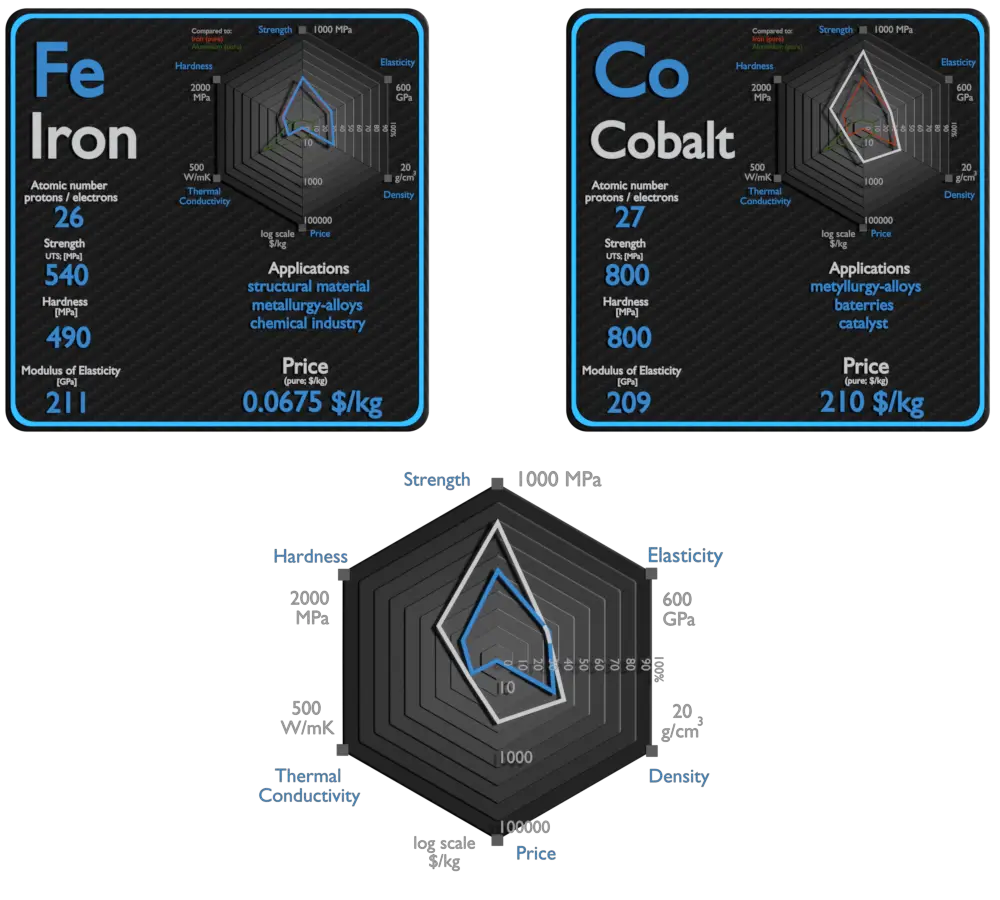
Iron and Cobalt – About Elements
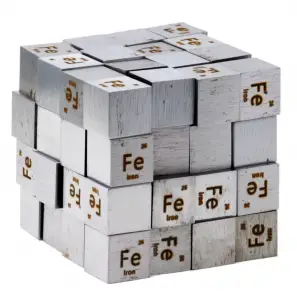
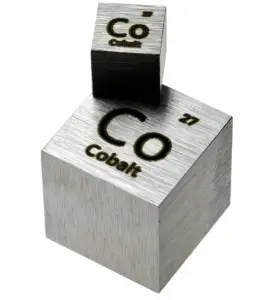
Source: www.luciteria.com
Iron and Cobalt – Applications
Iron
Iron is used in numerous sectors such as electronics, manufacturing, automotive, and construction and building. Iron is the most widely used of all the metals, accounting for over 90% of worldwide metal produc0tion. Its low cost and high strength often make it the material of choice material to withstand stress or transmit forces, such as the construction of machinery and machine tools, rails, automobiles, ship hulls, concrete reinforcing bars, and the load-carrying framework of buildings. Since pure iron is quite soft, it is most commonly combined with alloying elements to make steel. Steels are iron–carbon alloys that may contain appreciable concentrations of other alloying elements. Adding a small amount of non-metallic carbon to iron trades its great ductility for the greater strength. Due to its very-high strength, but still substantial toughness, and its ability to be greatly altered by heat treatment, steel is one of the most useful and common ferrous alloy in modern use. There are thousands of alloys that have different compositions and/or heat treatments. The mechanical properties are sensitive to the content of carbon, which is normally less than 1.0 wt%.
Cobalt
Cobalt has been used in many industrial, commercial, and military applications. Cobalt is primarily used in lithium-ion batteries, and in the manufacture of magnetic, wear-resistant and high-strength alloys. Cobalt-based Superalloys. This class of alloys is relatively new. In 2006, Sato et al. discovered a new phase in the Co–Al–W system. Unlike other superalloys, cobalt-base alloys are characterized by a solid-solution-strengthened austenitic (fcc) matrix in which a small quantity of carbide is distributed. While not used commercially to the extent of Ni-based superalloys, alloying elements found in research Co-based alloys are C, Cr, W, Ni, Ti, Al, Ir, and Ta. They possess better weldability and thermal fatigue resistance as compared to nickel based alloy. Moreover, they have excellent corrosion resistance at high temperatures (980-1100 °C) because of their higher chromium contents. Several cobalt compounds are oxidation catalysts. Typical catalysts are the cobalt carboxylates (known as cobalt soaps). They are also used in paints, varnishes, and inks as “drying agents” through the oxidation of drying oils.
Iron and Cobalt – Comparison in Table
| Element | Iron | Cobalt |
| Density | 7.874 g/cm3 | 8.9 g/cm3 |
| Ultimate Tensile Strength | 540 MPa | 800 MPa |
| Yield Strength | 50 MPa | 220 MPa |
| Young’s Modulus of Elasticity | 211 GPa | 209 GPa |
| Mohs Scale | 4.5 | 5 |
| Brinell Hardness | 490 MPa | 800 MPa |
| Vickers Hardness | 608 MPa | 1040 MPa |
| Melting Point | 1538 °C | 1495 °C |
| Boiling Point | 2861 °C | 2927 °C |
| Thermal Conductivity | 80.2 W/mK | 100 W/mK |
| Thermal Expansion Coefficient | 11.8 µm/mK | 13 µm/mK |
| Specific Heat | 0.44 J/g K | 0.42 J/g K |
| Heat of Fusion | 13.8 kJ/mol | 16.19 kJ/mol |
| Heat of Vaporization | 349.6 kJ/mol | 376.5 kJ/mol |
